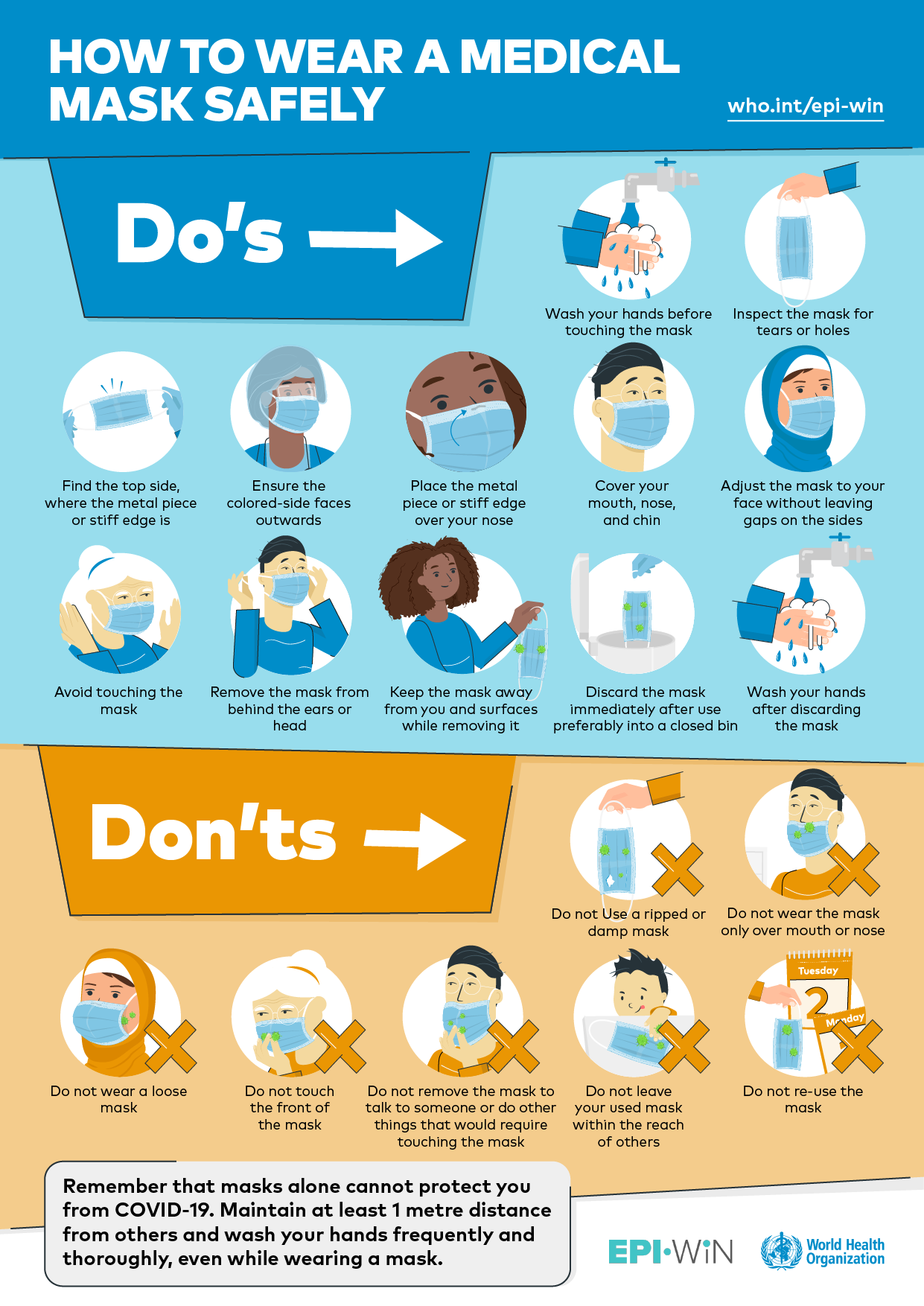Face Masks – Let’s embrace our new normal!

With the resurgence of Covid-19 cases flaring up in hot spots around the US, face masks and coverings are without question a must have, must wear accessory. Virologists and public health experts are still uncovering new details about the viral transmission but mounting evidence suggests that the coronavirus not only spreads by large droplets (through coughs, sneezes, loud talking and singing) but may also be staying airborne in stagnant poorly circulated air for up to three hours. So how do you reduce your risk for infection or spreading infection with this droplet and/or aerosol component? It all boils down to smart practices and good choices. Avoid going into poorly ventilated indoor areas with others you don’t know. If you have no choice and must do so, social distance, open the windows, limit your time, hand sanitize and most importantly wear a mask and wear it correctly!
There are a wide variety of face masks and coverings to choose from and as we assess what mask to wear, I suggest that we should be aligning our selection with each unique social encounter. For example, as an aging life care professional, I have just started to resume staggered in-person visits with my elderly clients in their homes. I will be wearing an N95 or KN95 – the highest grade of mask I can source during that visit as my clients are the most susceptible to this virus. For my weekly supermarket visit, because I am around strangers and indoors, I will wear either a tight-fitting cloth face covering with a wire that can be molded around my nose or a KN95 mask. Since I work with elderly clients, I feel an additional responsibility to “mask up” in higher risk indoor areas to reduce my chance of getting the virus or of being an asymptomatic carrier. If I am outdoors in well trafficked public areas, I will wear a surgical or lighter well-made cloth covering because the environment is ventilated and the risk of exposure to droplet or airborne spread is significantly reduced.
Lastly, masks are only effective if you wear them and care for them properly. Here is a helpful link to an infographic from the World Health Organization on the do’s and don’ts of mask wearing. If we all do our part with physical distancing, hand washing, and embracing masks as the new normal of our daily routines, it will dampen the flames of this five-alarm fire until a vaccine comes along.

Written by Anne Sansevero
![HealthSense [logo]](https://www.health-sense.org/wp-content/uploads/sites/242/2017/02/logoNEW.png)